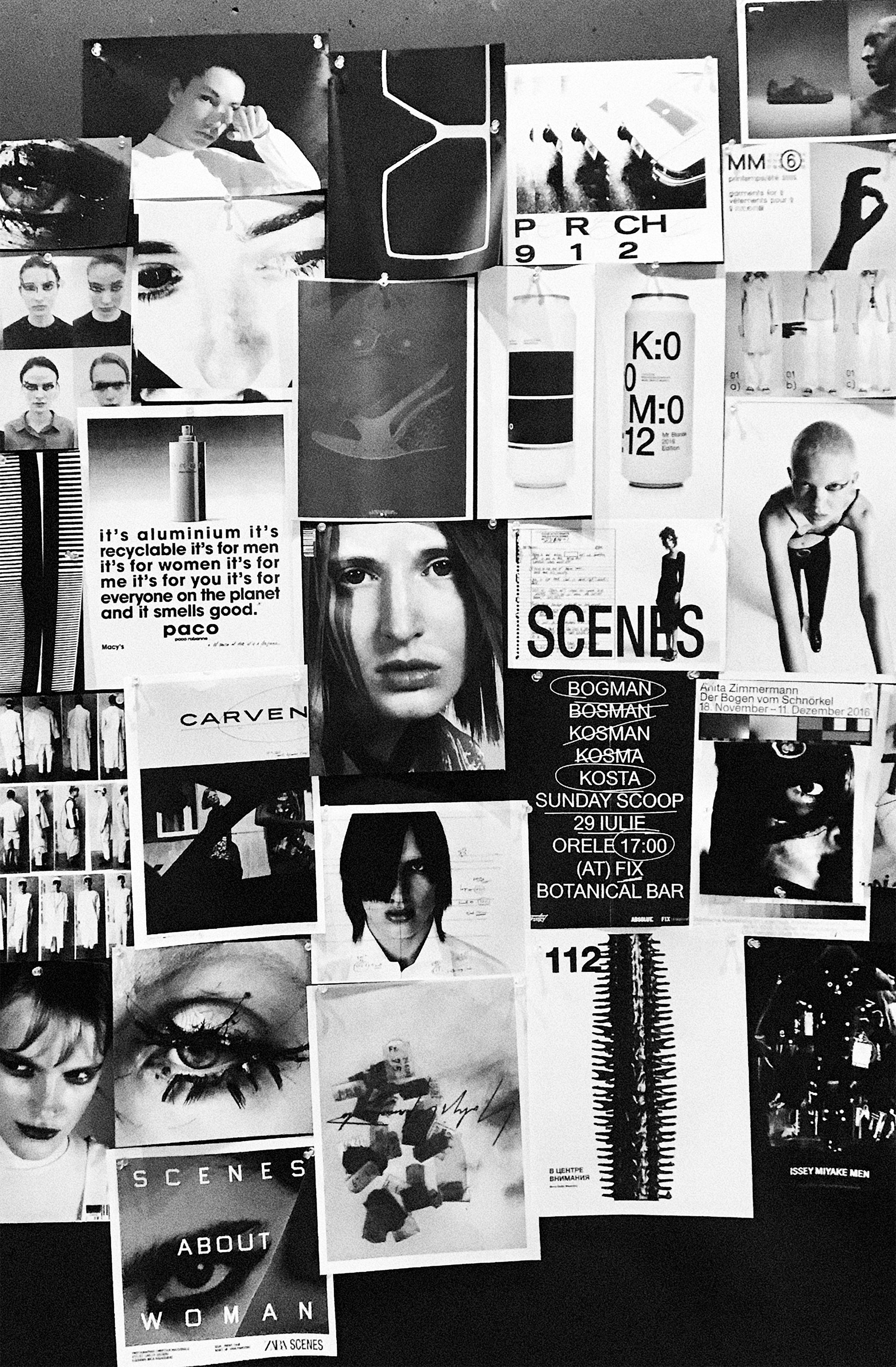How to Build Reference Libraries for a Successful Campaign
Milk Makeup’s Art Director Shreya Chopra gives us an in-depth guide on how to effectively curate and use reference libraries.

As an Art Director, you deal in a lot of imagers, it can be a particularly research-heavy job, so keeping your images and ideas organized is a tricky, time-consuming thing to do when you are rushing from project to project.
I started building my reference library when I had my first agency job, and keeping it fed and happy is just something I have built into my practice ever since. It has helped me think and act faster when conceptualizing a campaign, trust my instincts and personal taste, and allowed me to pivot seamlessly from client to client. Here are a few ways to get started and stay inspired—in an organized way.
Looking up at a blank wall while working can be calming, but can also stifle the ideation process. Invest in a pinboard and freely pin-up images, words, and objects that you're currently into or from projects you have already completed.
Movies, ad campaigns, music videos, TV shows, images, and artworks. Sit with them, figure out what draws you in, and put them on your pinboard. It's important to know what is inspiring you personally, not just in your job.
The lists can always be the first thing you refer to at the start of each project to ensure you are injecting your own POV in any new project—even if it's a font from a movie title sequence or the colorway of a photograph.
Pinterest, Instagram, Tumblr, Behance, Are.na, Models.com, The Trunk Archive, Criterion Collection, Mubi, Fonts in Use, and others.
Make an effort to follow designers, photographers, stylists, magazines, directors, and artists so that your trusty algorithm is dedicated to mostly reference imagery that may spark a unique idea as you scroll.
Use the Instagram “save image” feature, download the Pinterest extension on your browser, screenshot things onto your computer and phone, photograph things as you see them. It’s all a part of the process that will help you hone in on your own instinctual taste and vision and keep you informed and ahead of the curve.
Set up 3 main folders in there: “People”, “Projects”, and “Personal”.
Directors, Photographers, Graphic Designers, Illustrators, Stylists, Makeup Artists, Cinematographers, and Editors.
Try to populate it at least once a week.
When you come across a person whose work you like, make sure to save their images into a designated folder just for them in case they might be a good fit for a future project.
It is so important to familiarize yourself with exactly who is creating the imagery that you are drawn to—a lot of people contribute to the creation of a single image to get it just right.
Create a loose online board for that campaign and pin anything and everything—ideas for typography, lighting, tag lines, expressions, and more. Anything that helps fuel your vision and eventually lock in on a key concept that can support the whole shoot.
Example: I once pinned 40 screenshots from the movie “The Martian” and poetry by Slavoj Žižek whilst ideating a campaign for a lash serum which then ended up as the core inspiration for a sci-fi inspired still life shoot...It can get weird on that board is what I’m saying.
You can refer back to your “People” folder to figure out which photographers, artists, and designers can help you recreate that world.
Then whittle down your Pinterest board to the core elements and the creatives that will inspire the shoot.
Save new folders under more specific titles—Video Capture, Still Life Photography, Beauty Photography, Typographics, and Textures—where you can plan each element.
In short: spread a really wide net and then get more granular as you go.
Some things can’t be summed up with a mood board.
Use your sketchbook to jot down phrases, hooks, and taglines, connections between copy and imagery, and sketch shot ideas, storyboards, and editorial layouts.
Use this space to bring your own hand into the work. You can have a reference library of other people’s work but you need to be able to spin all of that information into something that is unique to the project you are working on or the brief you are trying to address.
Tip: I try and keep my sketchbooks organized chronologically and keep the covers dated just so I can go back to the right book when I need to.
Bonus if you get a (cheap) photocopier too.
This is the most useful thing I have ever done for myself as it allows me to create my own textures, finishes, doodles, photo frames, and overlays for projects that I can save in my “Personal” reference folder along with my sketches and photoshop composites.
The scanner is the best way to create images or typefaces that have yet existed by collaging together pages from books, layering images and objects, and creating new effects that you can apply to your campaigns to really give them a proper and tactile finish that no one else can recreate.
When you're doing this job, you have free reign to take in everything, appreciate all the little details behind creative work, and most importantly champion new talent.
Tip: Watch something new every day while you work, buy a magazine from a small publisher, attend college art shows—the job is even more rewarding if you can discover someone’s amazing work and give them the opportunity to take it to the next level.